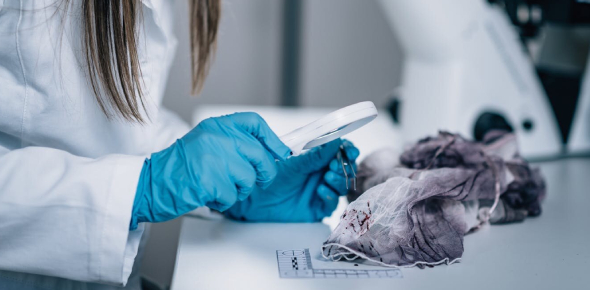Mid-term Exam Practice - A2 Forensic Science
- ISO/IEC 17025
2.
You may optionally provide this to label your report, leaderboard, or certificate.
×
Thank you for your feedback!
















